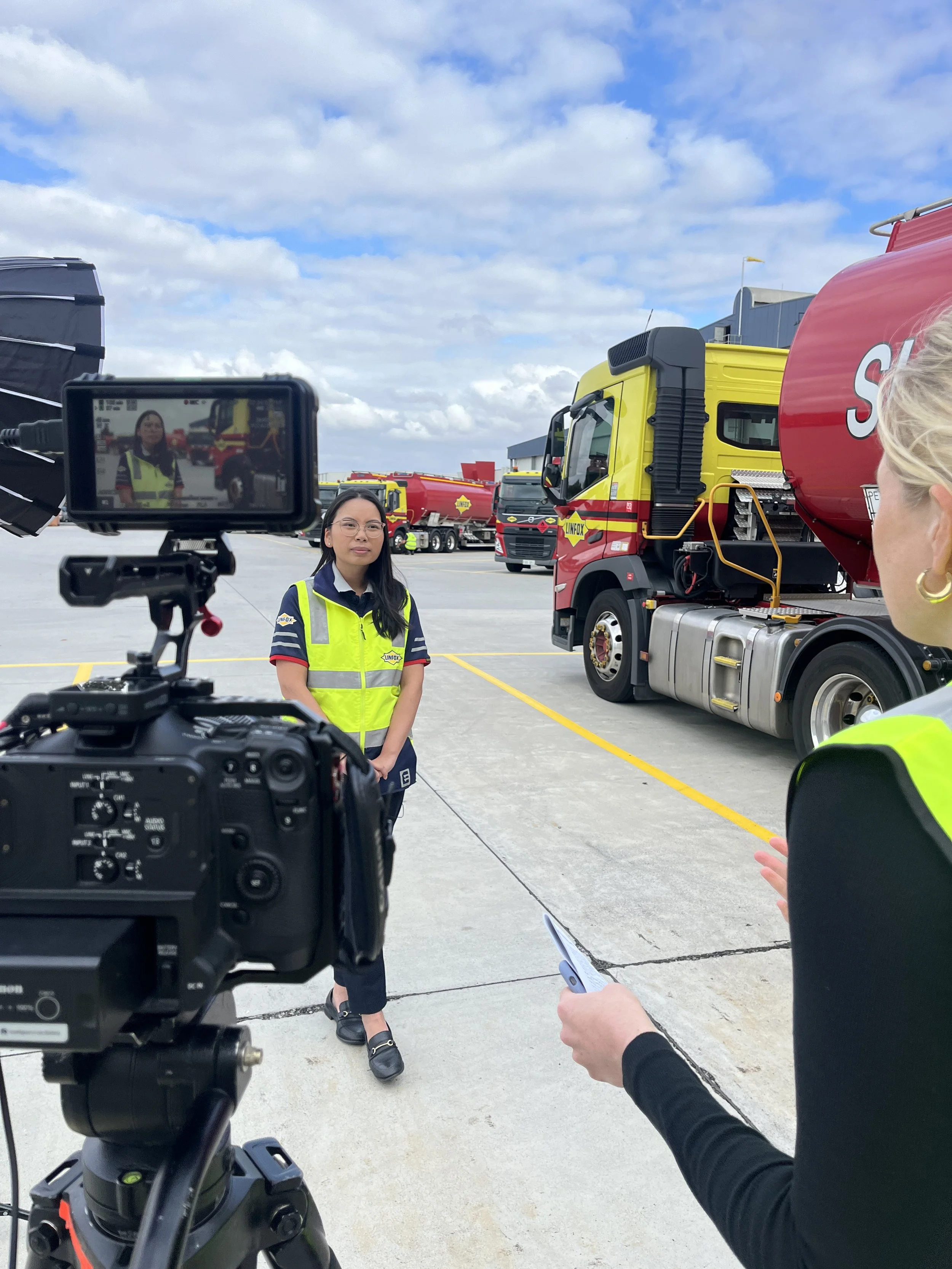Why Professional Video Production Is Essential for Modern Businesses
Why Video Matters More Than Ever
In today’s crowded digital landscape, businesses face a constant challenge: how to stand out, communicate clearly, and build meaningful connections with customers. Traditional text and images can only go so far. Audiences increasingly expect video content that is engaging, professional, and memorable. Yet many organisations hesitate to invest in high-quality production, assuming that a DIY approach will be “good enough.” The truth is that professional video production makes all the difference between content that gets ignored and content that drives results.
In this article, we will explore why professional video production is essential for modern businesses, how it impacts branding and communication, and why cutting corners often costs more in the long run.
The role of video in today’s business environment
Video has become the most consumed type of content online, with Australians spending hours each day watching across platforms like YouTube, Facebook, LinkedIn, and TikTok. Businesses that rely only on static images or text risk missing out on customers who prefer to engage through moving visuals.
Professional video production allows a brand to:
Communicate complex ideas quickly and clearly
Showcase products or services in action
Create emotional resonance through storytelling
Increase reach across multiple platforms with versatile content
In short, video is not just a nice addition to your marketing strategy; it is an essential tool for connecting with customers in the way they prefer.
Why professionalism makes the difference
It is possible to film a video with a smartphone, but professionalism shows in the details. Lighting, sound, editing, pacing, and storytelling all influence how an audience perceives your brand. A poorly executed video risks making even the best business appear untrustworthy or unpolished.
Professional video production ensures:
Cinematic quality visuals that attract and hold attention
Clear audio so that your message is heard without distraction
Strategic storytelling that connects emotionally with your audience
Editing expertise that keeps viewers engaged until the end
Consistent branding across every video touchpoint
When done well, professional videos elevate credibility, build trust, and create a strong first impression.
The business impact of professional video production
High-quality videos are more than just “nice-looking” assets; they deliver measurable business outcomes.
1. Increased brand awareness
Videos are highly shareable, which makes them powerful for building recognition. A well-produced brand video can travel across platforms, expanding reach far beyond traditional marketing.
2. Better customer understanding
Complex services and products can be difficult to explain with text alone. Explainer videos, animated graphics, and clear visual demonstrations help simplify information, reducing confusion and boosting conversions.
3. Improved engagement and retention
People retain 95 percent of a message when they watch it in a video compared to just 10 percent when reading it in text. Professional production ensures that the message is not only delivered but remembered.
4. Higher conversion rates
Videos influence purchase decisions. Landing pages with video can increase conversions by up to 80 percent, and customers are more likely to buy after watching a product video.
5. Long-term value
Unlike one-off campaigns, professional videos can be repurposed across multiple platforms and used in presentations, websites, training, and recruitment. This creates long-term value from a single investment.
Avoiding the pitfalls of DIY video
While smartphones and editing apps make it easy to create content, DIY video often lacks the polish and clarity needed to compete. Common problems include:
Poor lighting makes the subject look unprofessional
Unclear audio that distracts or frustrates viewers
Shaky footage that undermines credibility
Unstructured storytelling that confuses rather than engages
The cost of producing a low-quality video is often higher than expected, as it can damage brand reputation and require re-shooting or replacement later.
Professional video as a competitive advantage
Modern consumers are exposed to thousands of marketing messages daily. Standing out requires more than simply showing up; it requires creating experiences that resonate. Professional video production gives businesses the competitive advantage of content that is:
Visually striking
Aligned with customer expectations
Optimised for digital platforms
Crafted with a clear strategy in mind
In industries where trust and professionalism are crucial, such as corporate services, education, health, and finance, video production can be the defining factor in winning new clients.
Linking your strategy to outcomes
The best video production is not just about technical quality; it is about strategy. At Lift Video Production, we take time to understand your audience, your goals, and your brand personality. From scriptwriting to editing, every stage is designed to deliver measurable outcomes, whether that means increasing awareness, generating leads, or converting customers.
This is why professional video production is an essential investment for modern businesses that want to grow with clarity and confidence.
Conclusion: investing in results
Professional video production is no longer optional. Businesses that want to remain competitive, credible, and connected to their audience need to embrace video as a central part of their communication strategy. By working with experts, you can ensure that every video delivers value, reflects your brand with professionalism, and achieves results that matter.
If you are ready to elevate your brand with professional video production that inspires action, contact Lift Video Production today to start planning your next project.

